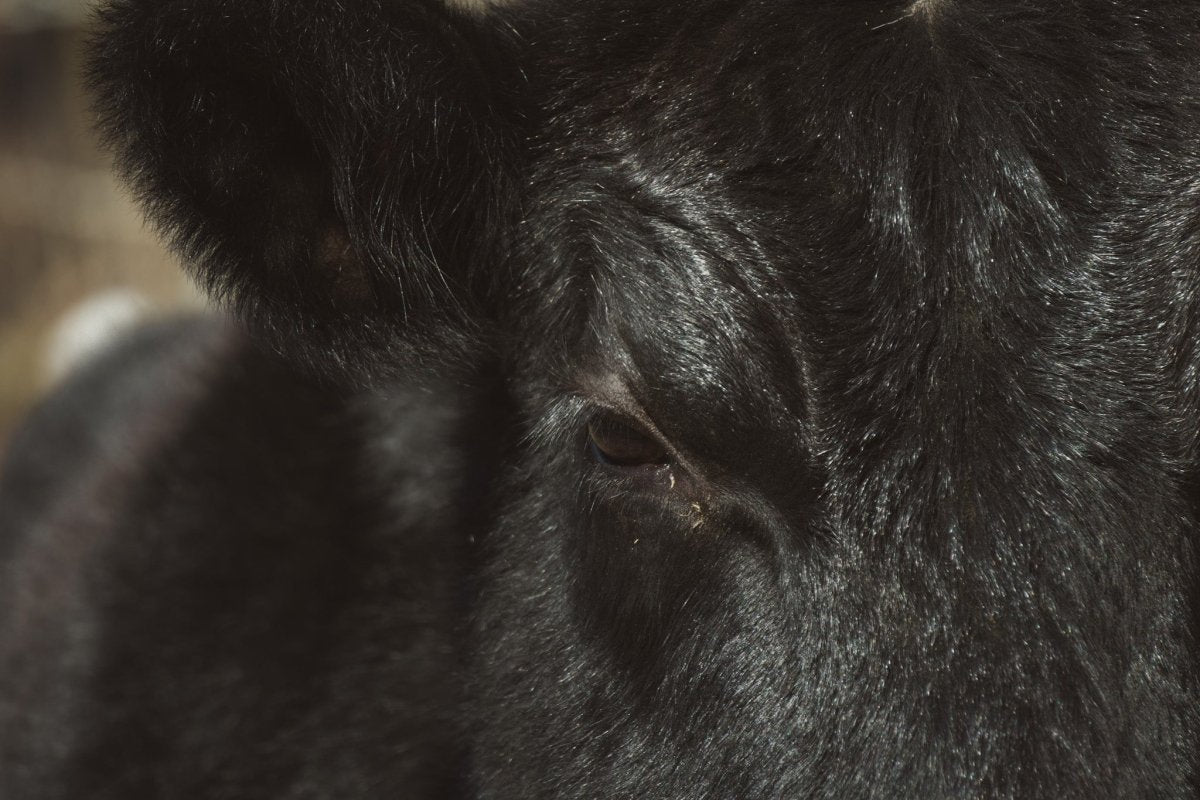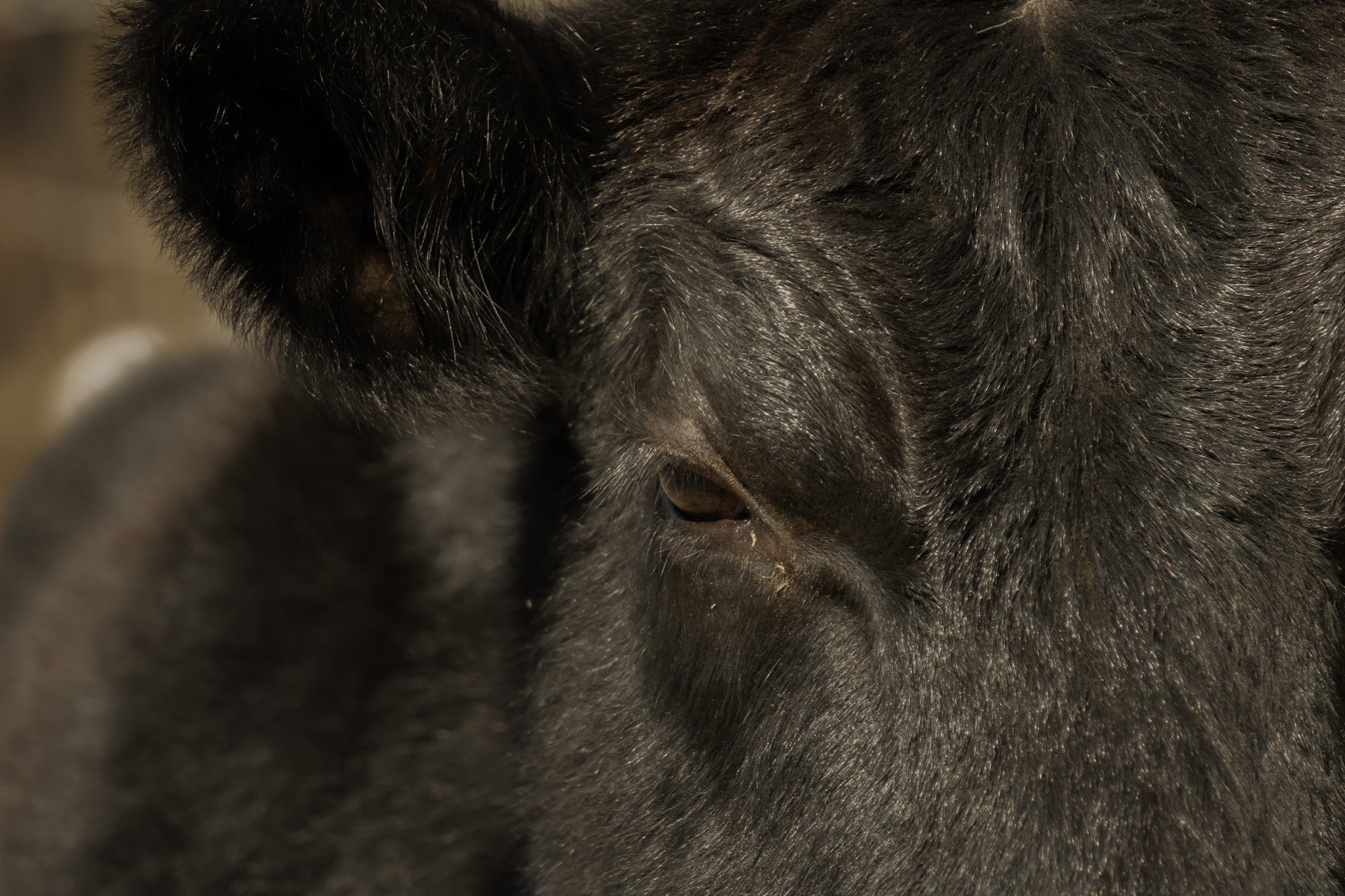
Regenerative Agriculture: A Sustainable Practice
By Alexandra Rhodes
Intro to Regenerative Agriculture
Cattle and other ruminant animals used to graze freely across large areas of land. While grazing, they fertilized and tilled the soil to support healthy forage, and gave life to a variety of plants and animals.
Today, this concept has a name; regenerative agriculture, seen anywhere from the political landscape to the general interest in how our food is being raised. It's mission is to restore balance to a broken system by improving our soil quality, so we can create food that is more nutritious, sustainable, and beneficial for the environment.
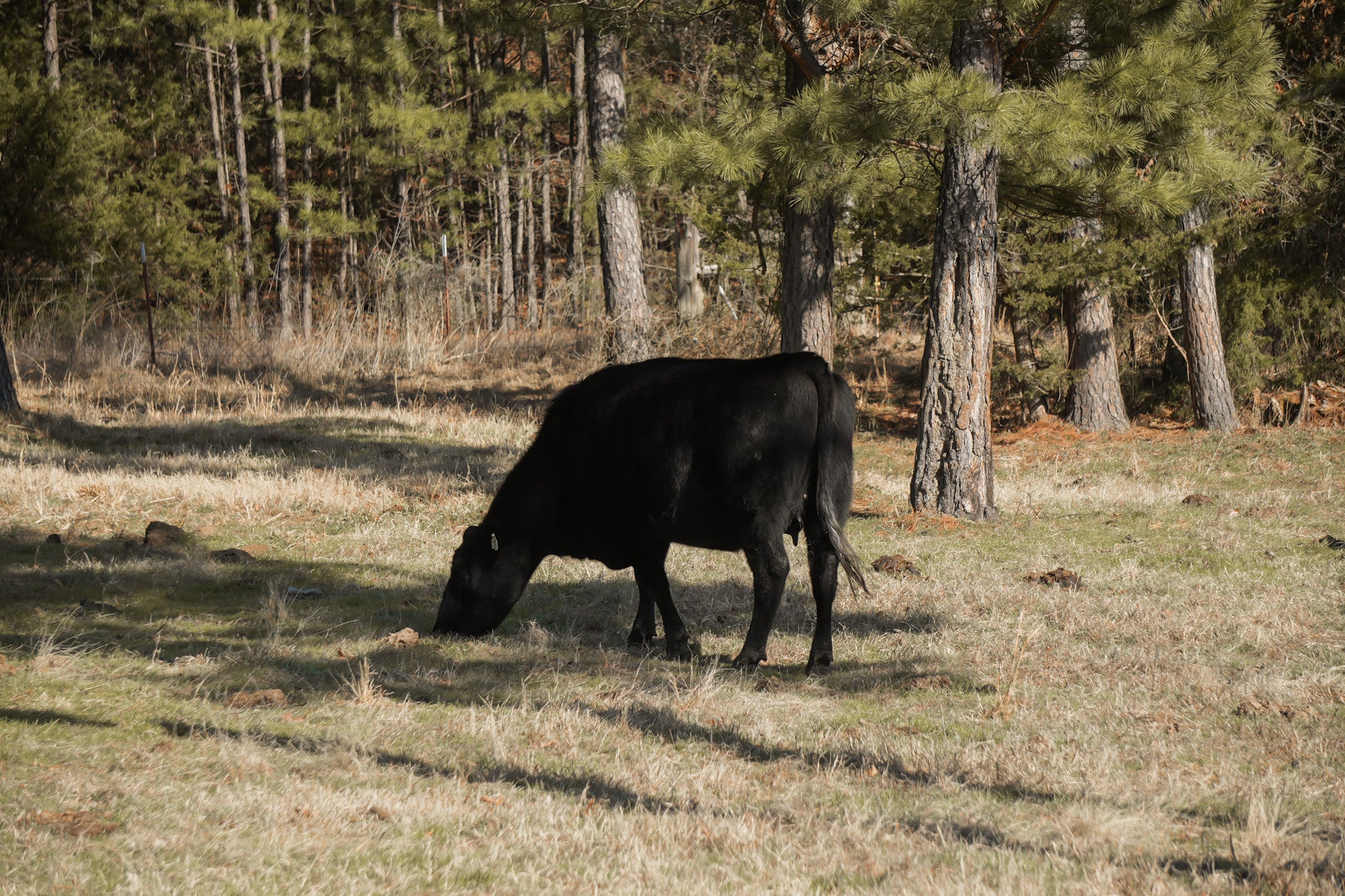
Rotational Grazing
In regenerative agriculture, to reenact these grazing conditions large pieces of land are divided into sections. The cattle are moved from section to section over a set period of time. This is known as rotational grazing, and allows us to avoid overgrazing pastures, promoting regrowth and regeneration at the soil level.
What Carbon Does in Regenerative Agriculture
Carbon is what most things on earth are made up of, making it essential for plant function. Carbon joins our soil through a process called carbon sequestration, where it is drawn in from the atmosphere and stored in soil and vegetation.
More carbon equates to more adequate water and nutrient retention, further building on the importance of rotational grazing. Rotational grazing is what provides the nutrients that carbon stores. The word storage here is key, because even in elemental challenges like droughts or soil degradation, these stored nutrients and water can be used.
The Role of Soil Biodiversity
Soils are alive. Much like the the human gut flora. It is made up of microorganisms that create a functional ecosystem. In soil you will find insects, fungi, and specific sets of bacteria. All of these work synergistically to break down organic matter, in the case of regenerative agriculture, manure, into usable nutrients for vegetation & plant life. This is often termed soil biodiversity.
On the not so microscopic side you have soil structure, a balance of air and solid spaces under the top of the soil. This is important to how the nutrients and water are moved and stored in the soil, so that it can properly support the roots of the plants that are growing there.
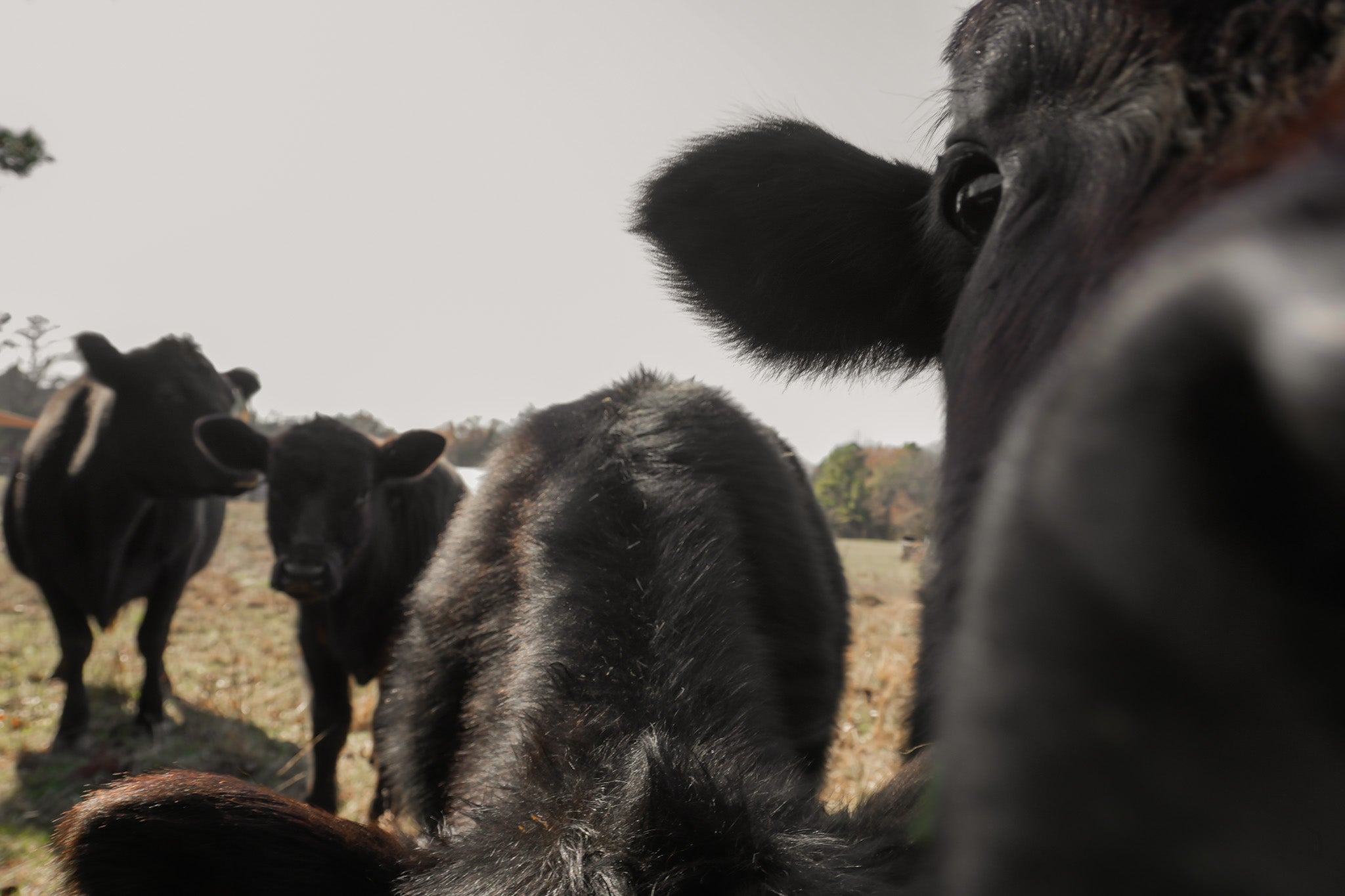
Cattle Treatment: A Symbiotic Relationship
Cows are cool. They're (along with other livestock) the most important piece of a regenerative ecosystem. We give to them, and they give back to us. In this ecosystem, cattle roam free on open pastures, where they munch on all the plants we have talked about supporting.
Here, we can see where the word regenerative is coming into play; a cow defecates, the soil biodiversity breaks it down into usable nutrients, the plants use the nutrients to grow, and then the cow eats the plant. It is the process of naturally regenerating our soil for an abundance of agricultural purposes. Others might say, "the circle of life".
Regenerative Agriculture is a Partnership
We know that cattle are not tools, but partners in agriculture. Their treatment reflects all life on earth has a purpose, and they should be free to live in alignment with their natural behaviors.
We hope this practice restores the relationship between human and animal, and that is why we are called Humanimal. Not only is regenerative agriculture sustainable, it is the only way that gives back to both parties while also rebuilding the integrity of our land. Almost as if it were by design.
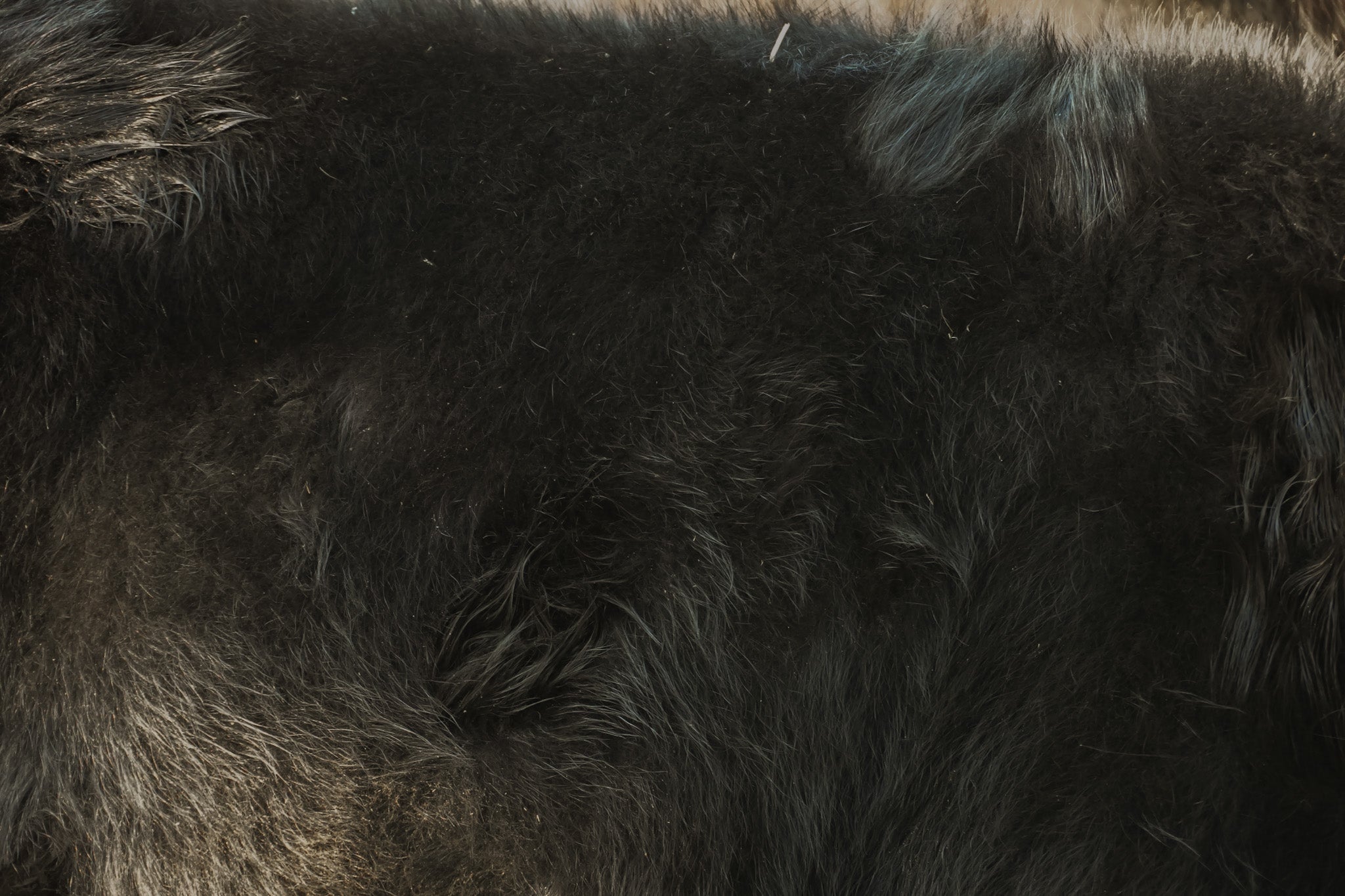
Really, actually holistic.
In the supplement world, you will find things like fillers, binders, and preservatives. This does not exclude supplements labelled as “holistic” and “natural”. We are proud to be one of the first ever companies to produce 100% whole-food vitamins.
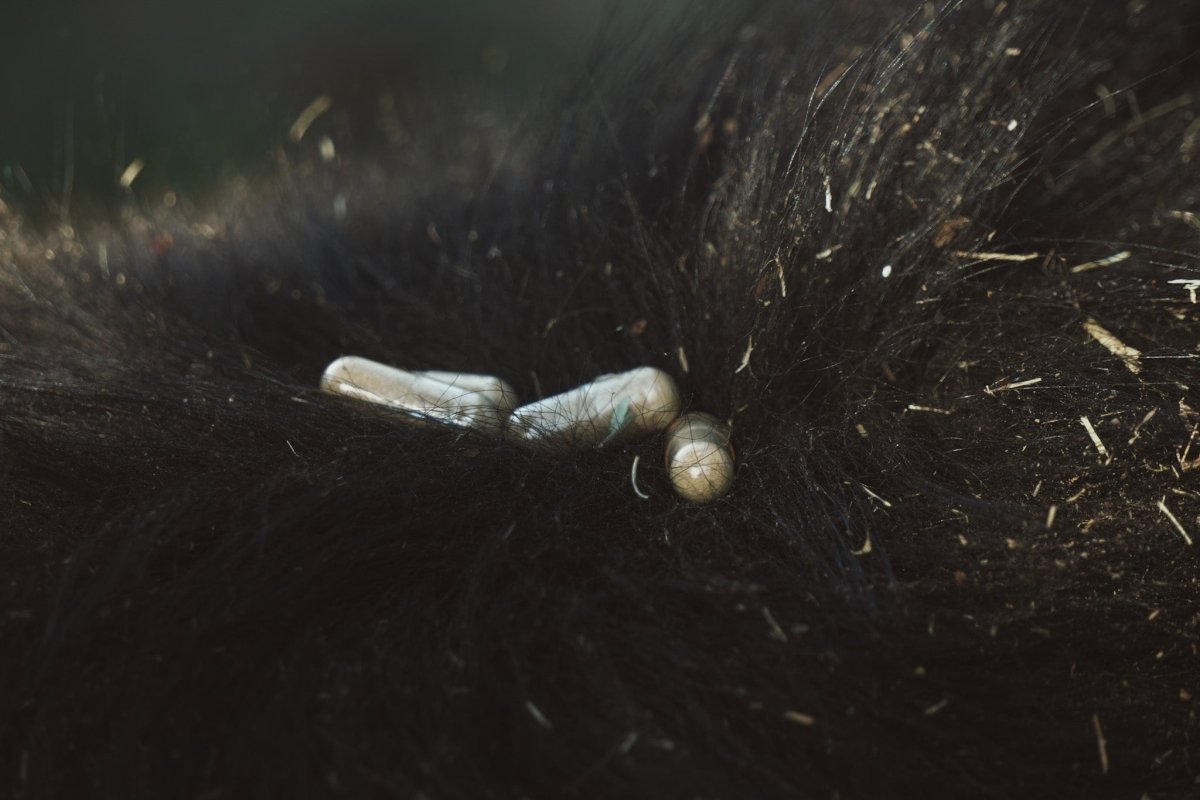
The Truth About Multivitamins: A Look at Their History and Viable Alternatives
